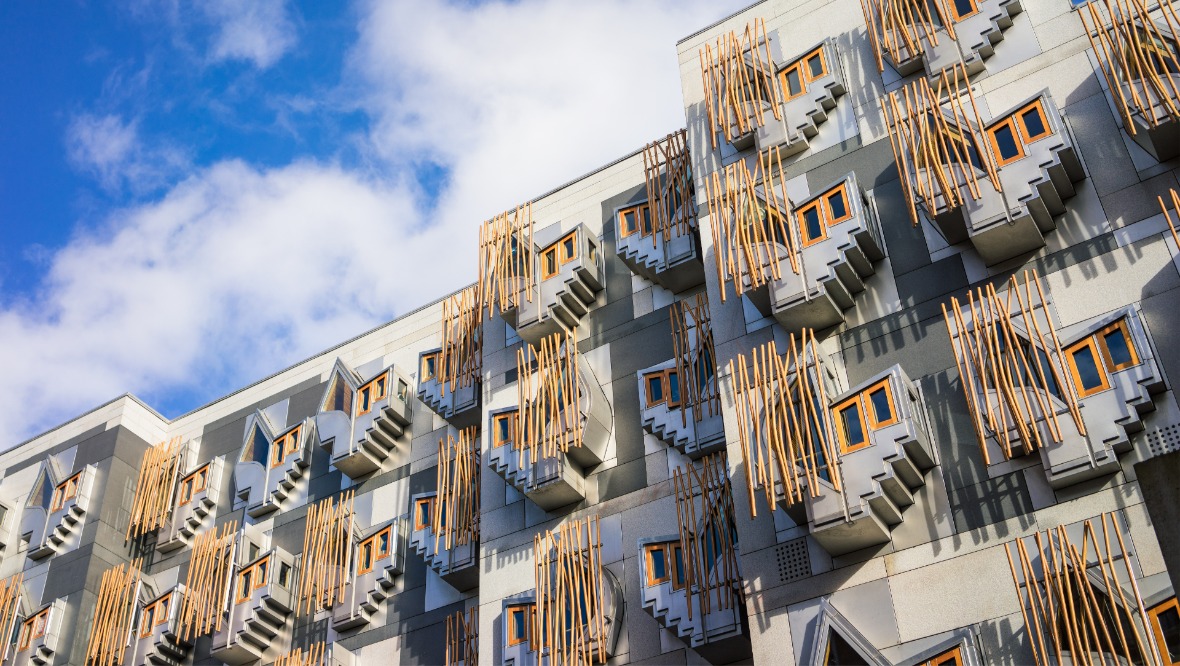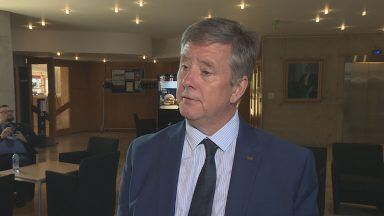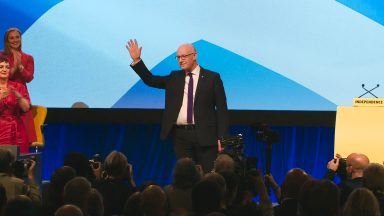The Scottish Government will publish its latest Government Expenditure and Revenue Scotland (GERS) report on Wednesday morning.
GERS estimates the gap between the amount of money raised through taxation in Scotland and what is spent on public services.
This year’s figures show Scotland recorded a £19.1bn deficit in government spending last year after a record boost in oil and gas revenues.
Expect the publication to be followed by furious debate as the figures are interpreted differently by those who believe in Scottish independence, and those who oppose it.
A brief history of GERS
GERS was first published in 1992 by then-Prime Minister John Major’s Conservative government.
Scotland Office ministers felt it would help them make a case against devolution, as they believed the figures proved the country relied on the UK treasury.
Who produces the report now?
Since 1999, the figures have been produced by statisticians within the Scottish Government.
But GERS is a National Statistics publication, which means it is independently assessed and produced free of political interference.
The annual national statistics publication set out:
- Revenues raised in Scotland, both from devolved and reserved taxation;
- Public spending for and on behalf of Scotland, again both for devolved and reserved powers; and
- The difference between the two figures, called the “net fiscal balance” and often referred to as the “deficit”.
Why is there always such a row around the figures?
Because they have become part of the debate over independence. Both sides battle over interpreting what the numbers mean.
The SNP’s Growth Commission accepted the figures as a starting point for how an independent Scotland’s finances might look.
Those who support the union have used GERS to suggest Scotland can only afford its level of public spending because it is part of the UK.
Do the figures tell us what an independent Scotland’s finances would look like?
No. GERS figures illustrate the current health or weakness of Scotland’s public finances because they are based on existing constitutional arrangements.
But many see them as a starting point for a discussion about the affordability of public services if Scotland was to go it alone.
What should we look out for this year?
The Fraser of Allander Institute says the 2022-23 figures will be somewhat different from recent years, for a number of reasons.
One is that after a decade of decline, revenues from the North Sea – offshore corporation tax, petroleum revenue tax and the recently introduced energy profits levy, better known as the “windfall tax” – increased dramatically as a result of increased energy prices, and reached their highest share of national income since 2011-12.
That will substantially increase revenues in GERS, reducing the deficit considerably.
The institute, which is based in the Department of Economics at the University of Strathclyde, expects that Scotland’s net fiscal balance will still be negative, albeit less so – that is, a smaller deficit – largely due to increased oil and gas revenues, while partially offset by stronger spending on energy support schemes (both household and business-focused) and on debt interest.
Follow STV News on WhatsApp
Scan the QR code on your mobile device for all the latest news from around the country


 iStock
iStock

























